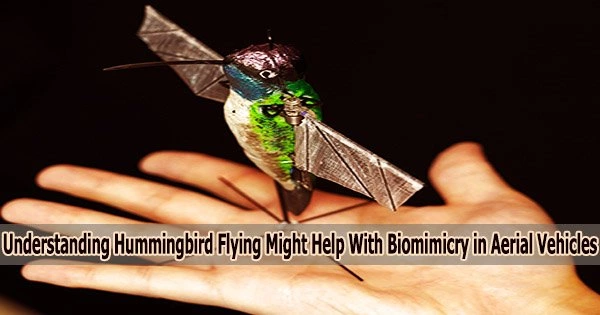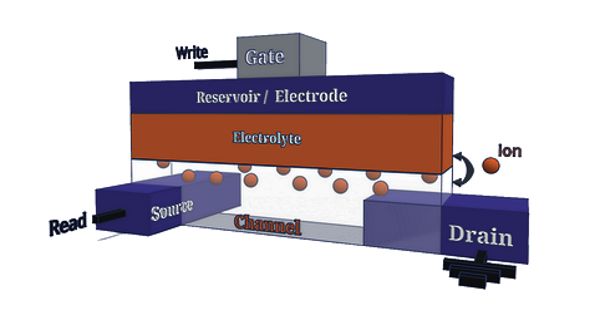The musculoskeletal system of birds and the ability to fly like insects give hummingbirds a special place in nature. Hummingbirds have extraordinary aerial agility and flight forms, says Bo Cheng, the Kenneth K. and Olivia J. Kuo Early Career Associate Professor in Mechanical Engineering at Penn State, which is why many drones and other aerial vehicles are made to move like hummingbirds.
Cheng and his research team improved the design of flying robots by gaining fresh knowledge about how hummingbirds generate wing movement using a cutting-edge modeling technique.
Their results were published this week in the Proceedings of Royal Society B.
“We essentially reverse-engineered the inner working of the wing musculoskeletal system how the muscles and skeleton work in hummingbirds to flap the wings,” said first author and Penn State mechanical engineering graduate student Suyash Agrawal. “The traditional methods have mostly focused on measuring activity of a bird or insect when they are in natural flight or in an artificial environment where flight-like conditions are simulated. But most insects and, among birds specifically, hummingbirds are very small. The data that we can get from those measurements are limited.”
To develop their model, the researchers consulted research on muscle anatomy as well as data from simulations of computational fluid dynamics and wing-skeletal movement. To calibrate the model’s parameters, they additionally used the genetic algorithm, an optimization tool based on evolutionary tactics. The researchers claim that their method is the first to incorporate these many components for biological fliers.
We found that hummingbirds are using similar kind of a mechanism. They tighten their wings in the pitch and up-down directions but keep the wing loose along the back-and-forth direction, so their wings appear to be flapping back and forth only while their power muscles, or their flight engines, are actually pulling the wings in all three directions. In this way, the wings have very good agility in the up and down motion as well as the twist motion.
Bo Cheng
“We can simulate the whole reconstructed motion of the hummingbird wing and then simulate all the flows and forces generated by the flapping wing, including all the pressure acting on the wing,” Cheng said. “From that, we are able to back-calculate the required total muscular torque that is needed to flap the wing. And that torque is something we use to calibrate our model.”
With this model, the researchers uncovered previously unknown principles of hummingbird wing actuation.
Cheng’s initial discovery was that hummingbirds’ major muscles, or their flying engines, pull their wings in three directions instead of just flapping them back and forth: up and down, back and forth, and twisting or pitching the wing.
The researchers also discovered that hummingbirds use a number of tiny muscles to stiffen their shoulder joints in both the up-and-down and pitch directions.
“It’s like when we do fitness training and a trainer says to tighten your core to be more agile,” Cheng said. “We found that hummingbirds are using similar kind of a mechanism. They tighten their wings in the pitch and up-down directions but keep the wing loose along the back-and-forth direction, so their wings appear to be flapping back and forth only while their power muscles, or their flight engines, are actually pulling the wings in all three directions. In this way, the wings have very good agility in the up and down motion as well as the twist motion.”
Cheng stressed that the results of the optimized model are forecasts that need to be verified, but he also stated that they have consequences for the technological advancement of aerial vehicles.
“Even though the technology is not there yet to fully mimic hummingbird flight, our work provides essential principles for informed mimicry of hummingbirds hopefully for the next generation of agile aerial systems,” he said.
The other authors were Zafar Anwar, a doctoral student in the Penn State Department of Mechanical Engineering; Bret W. Tobalske of the Division of Biological Sciences at the University of Montana; Haoxiang Luo of the Department of Mechanical Engineering at Vanderbilt University; and Tyson L. Hedrick of the Department of Biology at the University of North Carolina.
The Office of Naval Research funded this work.
















